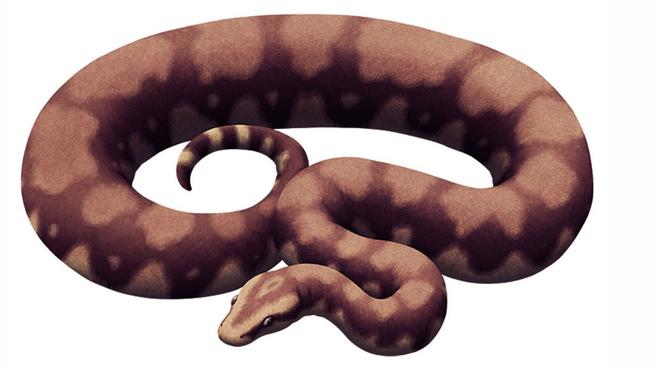
Researchers at the Indian Institute of Technology (IIT) Roorkee have reported the discovery of fossils of one of the largest snakes that ever existed and likely lived 47 million years ago during a period called the Middle Eocene. The fossils were found in Kutch, Gujarat, and the reptile, named Vasuki Indicus, could have been anywhere between 10 metres and 15 metres long, or as big as a modern-day school bus.
It belonged to the now-extinct Madtsoiidae snake family but represents a unique lineage from India, the authors note.
Also read | Oldest yet fossils of a plant-eating dinosaur found in Rajasthan
Professor Sunil Bajpai and post-doctoral researcher Debajit Datta at the IIT Roorkee, stumbled upon 27 pieces of a “partial, well preserved” vertebral column of the snake at the Panandhro Lignite Mine in Kutch.

The discovery, the authors report in the peer-reviewed journal, Nature Scientific Reports, could improve understanding of how the madtsoiid species evolved in different kinds of climate, as well as the factors that contributed to large body-sizes. One of the causative factors is held to be high temperatures in the tropical climate of that time.
The reptile existed at a time when the earth looked quite different from today, and Africa, India and South America were one, conjoined landmass.
Vasuki Indicus likely had a broad and cylindrical body, hinting at a robust and powerful build and was as big as Titanoboa, a massive snake that once roamed the earth and is reportedly the longest ever known, said a press statement from IIT Roorkee. Much like present-day pythons and anaconda, Vasuki Indicus killed its prey by suffocation.
Vasuki refers to the mythical snake often depicted around the neck of the Hindu god Shiva.
“This discovery is significant not only for understanding the ancient ecosystems of India but also for unravelling the evolutionary history of snakes on the Indian subcontinent. It underscores the importance of preserving our natural history and highlights the role of research in unveiling the mysteries of our past,” Dr. Bajpai, said in a statement.







